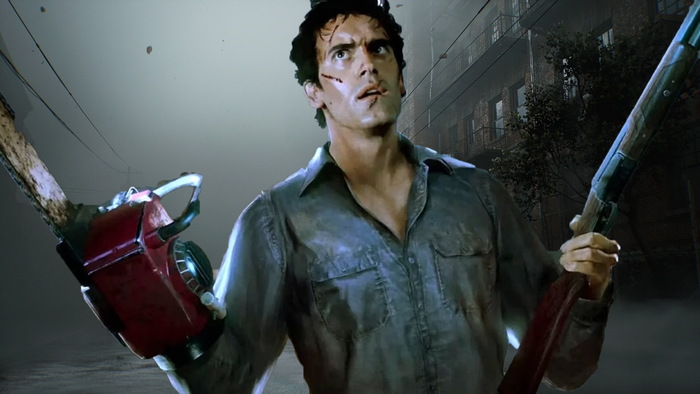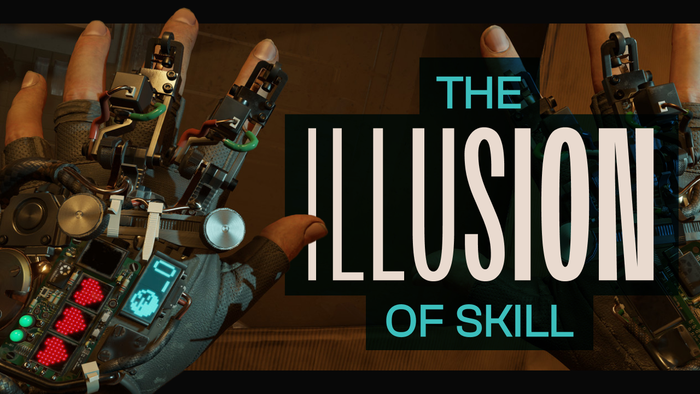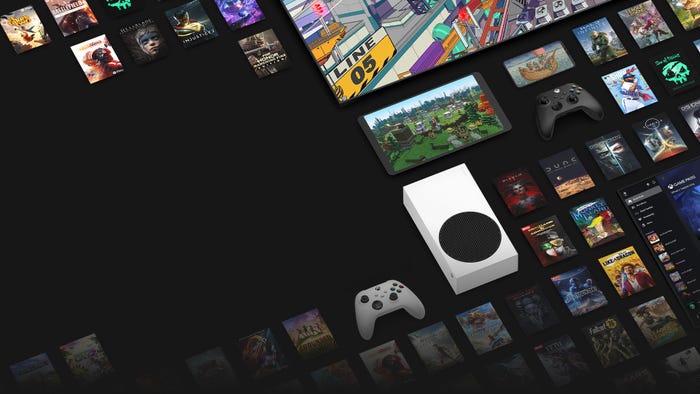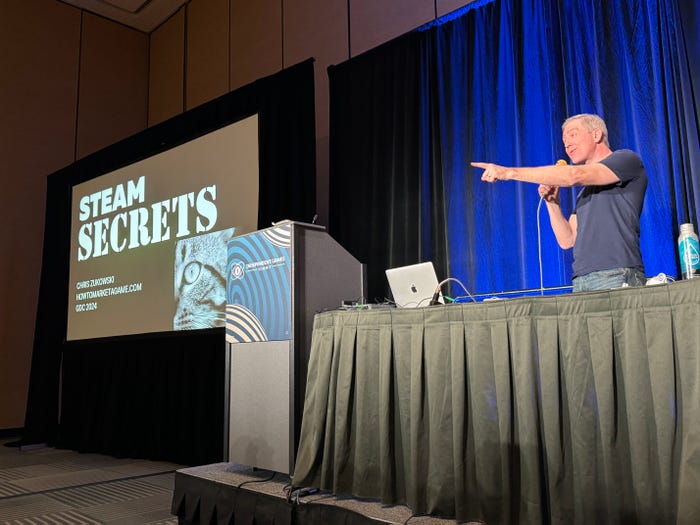Opinion: Tools To Help Me Think
In this reprinted <a href="http://altdevblogaday.com/">#altdevblogaday</a>-opinion piece, Avalanche Studios' Asa Roos looks at what happens in your brain during the creative process, and suggests steps you can take to solve your project's problems.
October 21, 2011

Author: by Asa Roos
[In this reprinted #altdevblogaday-opinion piece, Avalanche Studios' Asa Roos looks at what happens in your brain during the creative process, and suggests steps you can take to solve your project's problems.] Nobody who knows me would deny that my approach to design and production is a fairly intellectual affair. I like methods, tools, and theory, not because I use them very often, but because I like to be able to explain my methods and my world. So basically this post is all about trying to explain a small part of how the brain works when faced with a creative challenge or a problem, and the tools I myself have found very useful when in a fix, drawing both from my industrial design background and my many years in the games business both as a professional and as a teacher. These are the topics I'll touch upon in the post:
What happens in the brain when being creatively challenged?
Problem description, or definition of the challenge
Some tools, such as visual thinking, scrap- and notebook, brainstorm etc
Some reading material you can use to move forward
What Happens In The Brain This is the creative process, in layman terms.  1. Understand the challenge When the brain is faced with a challenge, the first – and, to my mind, most important – task is to understand the problem or challenge thoroughly. I'll get back to that. 2. Gathering information In this phase, the brain goes into high gear, focusing on finding out as much as possible about a specific topic. Ever experienced that you find books, articles, items and people relevant to a challenge that you're facing or a problem you want to solve? That's your brain, trying to help you find what you need. Often this process is subconscious. Knowing about it will help your brain do good work for you. 3. Think about it Reflection really is an underrated process. Give yourself the luxury of digesting what you're working on, and don't try to push it. There are, however, ways to do that too. I'll get back to that. 4. Speculate – go on a flight of fancy Let go of the challenge or problem and make a wish. What if? What if that technical limitation didn't exist? What if you had unlimited time? What if you could magically make something happen? What experience would you like to instill in the player then? 5. Develop ideas This is where reality meets dream, and where the flight of fancy turns into an actual idea that can be used within the framework, a connection going back to the framework. 6. Select your idea 7. Implement your idea The Framework Basically this is where you set the limitations on your project or problem that you want to solve or work with. These can include, but are by all means not limited to:
1. Understand the challenge When the brain is faced with a challenge, the first – and, to my mind, most important – task is to understand the problem or challenge thoroughly. I'll get back to that. 2. Gathering information In this phase, the brain goes into high gear, focusing on finding out as much as possible about a specific topic. Ever experienced that you find books, articles, items and people relevant to a challenge that you're facing or a problem you want to solve? That's your brain, trying to help you find what you need. Often this process is subconscious. Knowing about it will help your brain do good work for you. 3. Think about it Reflection really is an underrated process. Give yourself the luxury of digesting what you're working on, and don't try to push it. There are, however, ways to do that too. I'll get back to that. 4. Speculate – go on a flight of fancy Let go of the challenge or problem and make a wish. What if? What if that technical limitation didn't exist? What if you had unlimited time? What if you could magically make something happen? What experience would you like to instill in the player then? 5. Develop ideas This is where reality meets dream, and where the flight of fancy turns into an actual idea that can be used within the framework, a connection going back to the framework. 6. Select your idea 7. Implement your idea The Framework Basically this is where you set the limitations on your project or problem that you want to solve or work with. These can include, but are by all means not limited to:
Technical limitations
Story limitations or narrative limitations
Genre
Accessibility
Publisher demands
Any other limitations such as time, resources and quality.
All these limitations serve as a framework for my creativity, and I find that a strict set of limitations usually challenge me to think in ways I might not have done without them, so personally I welcome them. I have a couple of questions that are related to defining the problem but also to set up the framework. I thought I'd share them.
Identify what the product wants to be – What is the goal of this item/software/service you want to make. What does the product offer?
Describe the basic functionality of the product – What is the main function?
See the product the way the user sees it – If you define how your audience is supposed to receive the item you're making, the goal is easier to reach.
Describe the user and the personality of the product – Who is the user? How does the personality of the product "complete" the user?
Describe how the product will be experienced through different senses – How does it feel? What does it taste like? How does it sound? Is it strong, is it robust, does it have a sense of quality, etc.
Describe how the product impacts your company's image – This is a good step, particularly when working with hardware or actual products. What will the item say about the company? (As an example – what did the "feminist whore" debacle say about the developers of Dead Island, Deep Silver? What does the Hot Coffee mod say about Rockstar North? What does the option of homosexual relationships in Dragon Age 2 say about BioWare?)
Identify the elements that define, and describe the level of, the experienced technical quality of the product – What will your item say about the tech used? Should it be showcased? Is tech important? Is it not important?
One way of setting up a framework is by writing a functional analysis. It's a bit of work, and so far I've personally only done it for actual physical products, but it actually helps setting up the framework. Write a list of functions and try to reduce them to verbs and nouns. For example "awaken interest" or "optimize accessibility". When you've got a list that you feel is defining what you want the functionality of the item to be, set a prio number on each item in the list. This way, you'll be able to figure out what you're really after and what qualities you actually want to shine through. Define The Challenge/Define The Problem This actually goes slightly hand in hand with the framework, but still. Knowing what you want to do is important. Knowing what problem you want to solve is critical to creating something stellar. Jesse Schell has written a book called "The Art of Game Design". It basically encourages you to ask a number of questions, to look at your game through a set of lenses. What Schell is really asking you to do by using these kinds of questions is to define the challenge, define your game. Sometimes the solution to an apparently difficult problem can be very simple. I recommend using questions to figure it out.
What's the purpose of the game?
Who is the player?
What do you want the player to experience?
What do you want the player to feel?
When should the player play?
How much should the game cost?
etc, etc. Using six basic questions, you can get pretty far. Who, why, what, how, how much, and when are useful questions. I encourage you to ask them often. The answers don't have to be ground-shattering profound. Sometimes it's enough with "to entertain", but at least you'll know that about your game. Do Your Research The brain does not work in a vacuum. You need fresh impressions to make vital connections. Sometimes you'll get inspired by the weirdest things, so the important part is not to limit oneself when looking for things to be inspired by. For me, I find that going to exhibitions, watching performances, reading, watching movies and taking long walks in the city inspire me. I almost go for sensory overload when looking for inspiration, just to make sure my brain is properly stuffed and fed. I also try to find experiences I'm not usually looking for in my "normal life", meaning that games – or at least computer games – are not on the menu. When your brain feels big enough to burst, it's time to pick up the tools. That's my topic for the next post. [This piece was reprinted from #AltDevBlogADay, a shared blog initiative started by @mike_acton devoted to giving game developers of all disciplines a place to motivate each other to write regularly about their personal game development passions.]
Read more about:
2011You May Also Like
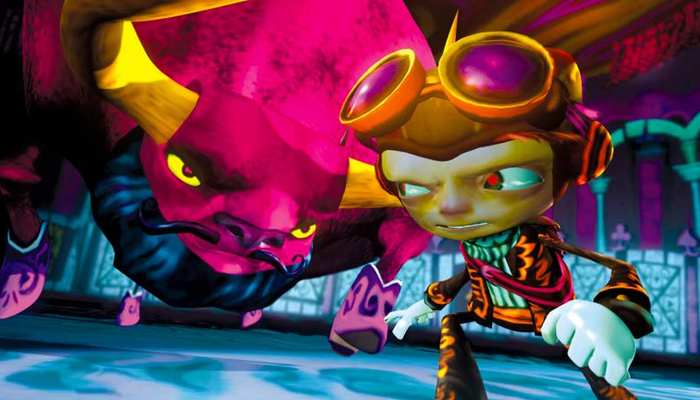
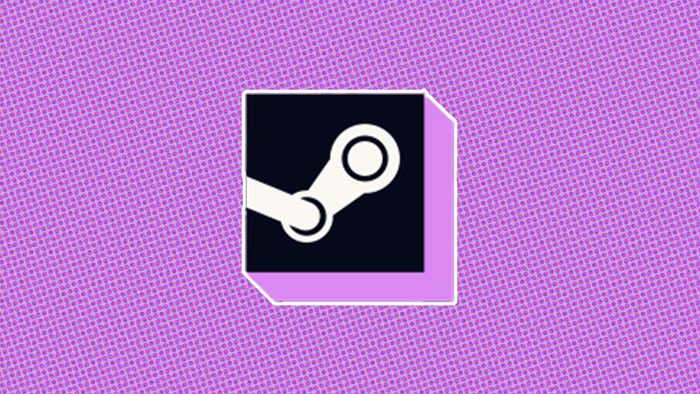

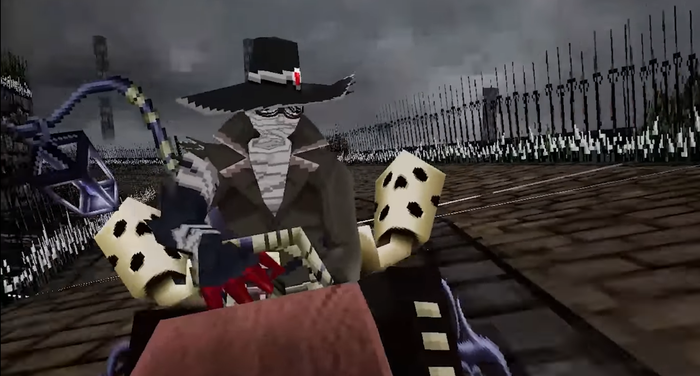
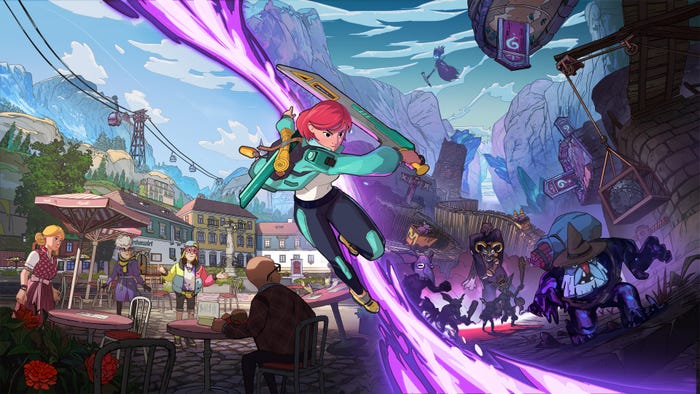
.jpeg?width=700&auto=webp&quality=80&disable=upscale)


